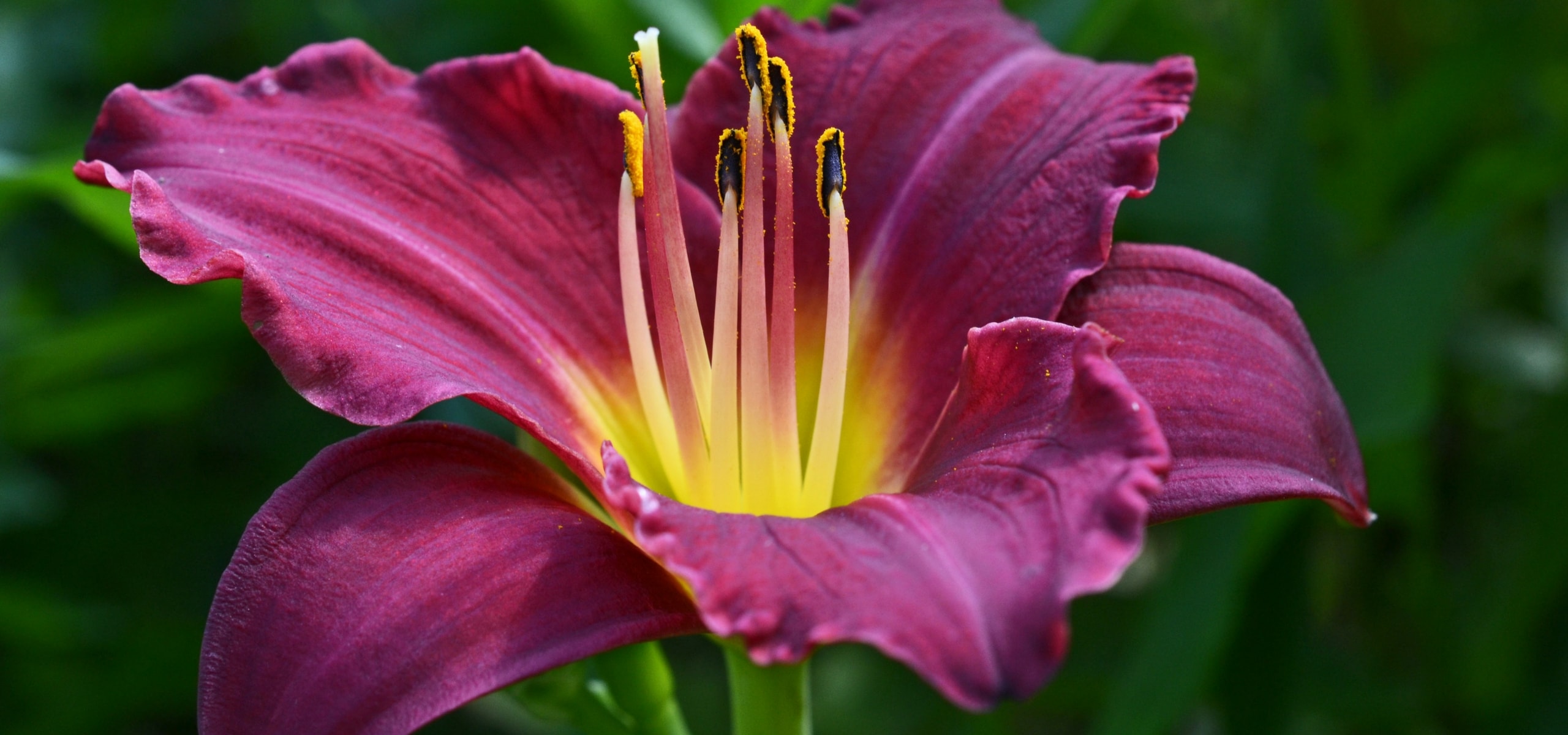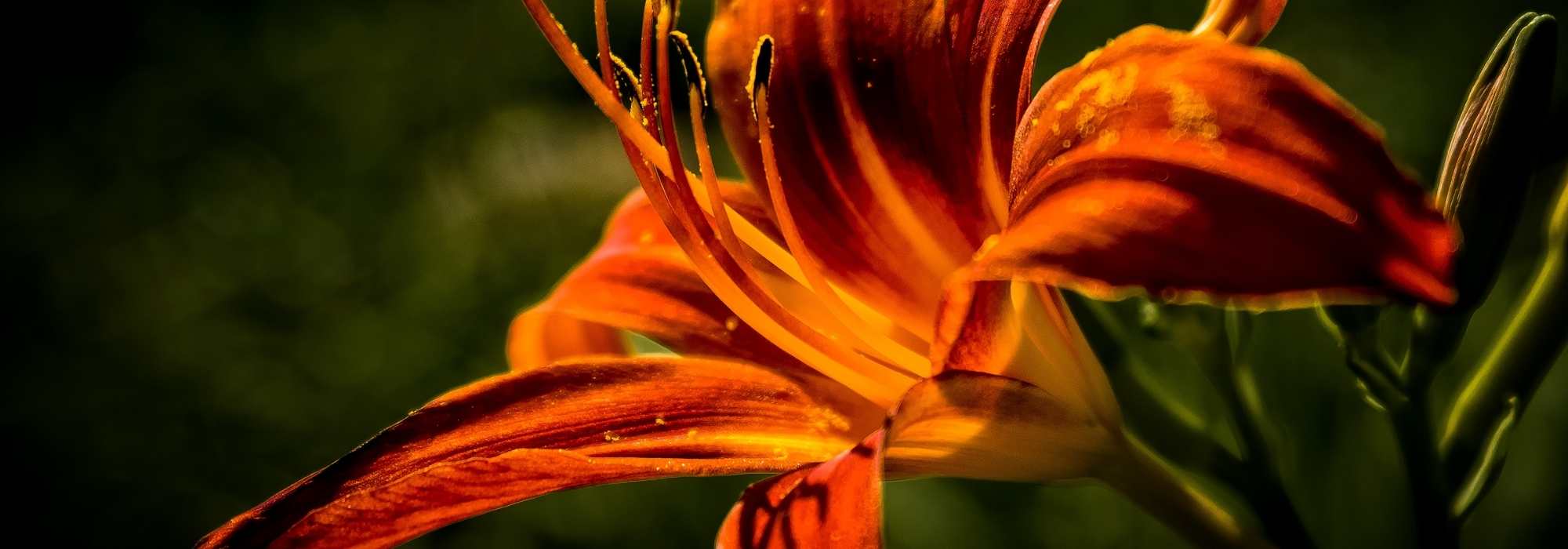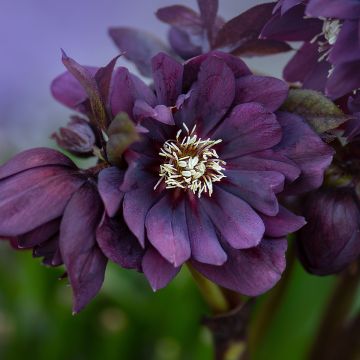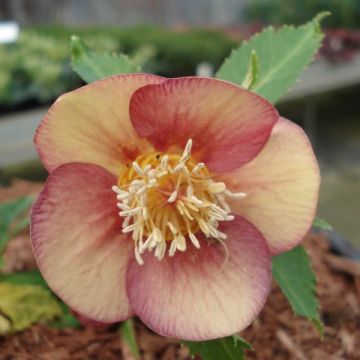

Hemerocallis Bakabana - Daylily
Hemerocallis Bakabana - Daylily
Hemerocallis Bakabana
Daylily
Special offer!
Receive a €20 voucher for any order over €90 (excluding delivery costs, credit notes, and plastic-free options)!
1- Add your favorite plants to your cart.
2- Once you have reached €90, confirm your order (you can even choose the delivery date!).
3- As soon as your order is shipped, you will receive an email containing your voucher code, valid for 3 months (90 days).
Your voucher is unique and can only be used once, for any order with a minimum value of €20, excluding delivery costs.
Can be combined with other current offers, non-divisible and non-refundable.
Home or relay delivery (depending on size and destination)
Schedule delivery date,
and select date in basket
This plant carries a 12 months recovery warranty
More information
We guarantee the quality of our plants for a full growing cycle, and will replace at our expense any plant that fails to recover under normal climatic and planting conditions.
Would this plant suit my garden?
Set up your Plantfit profile →
Description
Hemerocallis Bakabana is a perennial with continuous flowering from late June to late August. Its enormous flowers can reach up to 20 cm (8in) in diameter, which makes this daylily hard to miss, both in borders and in bouquets. The petals, a very bright yellow, with undulating edges, are gathered in a trumpet-shaped flower highlighting the brownish-brown anthers. Undemanding and robust, it thrives in a sunny location, ordinary soil, and moist soil. The deciduous foliage gradually disappears once the flowering period is over. Once established, the clump expands over the years.
The genus Hemerocallis belongs to the family Liliaceae or to the family Xanthorrhoeaceae according to more recent classification, like other quite exotic plants: Aloe, Eremurus, Kniphofia, and Phormium. Hemerocallis comes from the Greek word hemera which means day and kalos for: good or beautiful, in summary "Beauty of a day". They are commonly called 'Daylilies' or 'Perpetual Lilies' because their flowers resemble those of lilies and they last no more than a day. They are perennial and hardy plants with deciduous foliage, sometimes semi-evergreen.
The 'Bakabana' variety grows rapidly and forms a fairly dense clump that will reach 60 to 70 cm (24 to 28in) in height when in bloom, with a relative spread of 60 cm (24in). Daylilies tend to spread a bit when they like the soil. Carried by stems 60 to 70 cm (24 to 28in) long, the flowers measure approximately 15 to 20 cm (6 to 8in) in diameter. Each flower is composed of three bright yellow, velvety petals and three sepals with a similar colour and undulated edges. In the centre, six stamens stand out, each topped with a two-lobed brown anther. Each flower lasts no more than a day, but the flowering is continuously renewed over between late June and late August. The stems are robust and allow for beautiful bouquets. Deciduous, the lovely bright green, linear foliage is abundant during the growing season from April to October, then turns yellow in autumn before disappearing for the winter.
Hemerocallis 'Bakabana' is an excellent perennial plant, which is robust and has generous flowering. It is an ideal choice in the background of a perennial bed or at the front of a shrub bed, or to give some height to a rockery, but not in overly dry soil. Very easy to grow, daylilies thrive in shade and in full sun. Thanks to their root system with short rhizomes and fleshy roots, they easily establish themselves in dry soils, but damper soils will make them more opulent and floriferous. Some of them can be a bit invasive, so don't hesitate to divide the clumps every four or five years, preferably in autumn, after flowering. The daylily is often called 'the perfect perennial plant', due to its vibrant colours, its ability to tolerate any type of environment, but also because of its lack of modesty. It is beautifully exuberant and blends well with other perennials. Plant them in generous clumps at the back of your beds. Summer flowering bulbs can be planted alongside daylilies.
With its large yellow flowers, 'Bakabana' is perfect for bringing a lot of dynamism and cheerfulness to the garden. It pairs well with flowers in soft or pastel shades, orange, pink, blue, or violet. For a very colourful composition, it can be associated with crocosmias, gladiolus, lilies, dahlias, etc. In moist soil, it finds its place near a pond, with Iris pseudacorus, Asian primroses, astilbes, etc. For a lighter touch, in a soft and harmonious bed, it pleasantly accompanies gauras, flax, bellflowers, baby's breath, or white-flowered yarrows, but also grasses, such as pennisetum or calamagrostis. The flowers are edible, they brighten up salads and decorate desserts.
Flowering
Foliage
Plant habit
Botanical data
Hemerocallis
Bakabana
Xanthorrhoeaceae
Daylily
Cultivar or hybrid
Other Hemerocallis - Daylilies
View all →Planting and care
Plant Hemerocallis 'Bakabana' in good garden soil that is not too heavy with clay and that is enriched with humus and compost. In these conditions, your perennial will have good tolerance towards summer droughts and will not suffer from winter frosts. Very easy to grow, this variety is not susceptible to parasites or diseases, so there is no need to treat it and rodents are not interested in it. Plant by burying the collar 3 to 4 cm (1 to 2in) below the surface. If you plant several of them, do not space them too close together as the gaps will be quickly filled. For a few weeks after planting, it is good to keep the soil moist. Divide the clumps preferably in autumn after flowering.
Planting period
Intended location
Care
Planting & care advice
This item has not been reviewed yet - be the first to leave a review about it.
Similar products
Haven't found what you were looking for?
Hardiness is the lowest winter temperature a plant can endure without suffering serious damage or even dying. However, hardiness is affected by location (a sheltered area, such as a patio), protection (winter cover) and soil type (hardiness is improved by well-drained soil).

Photo Sharing Terms & Conditions
In order to encourage gardeners to interact and share their experiences, Promesse de fleurs offers various media enabling content to be uploaded onto its Site - in particular via the ‘Photo sharing’ module.
The User agrees to refrain from:
- Posting any content that is illegal, prejudicial, insulting, racist, inciteful to hatred, revisionist, contrary to public decency, that infringes on privacy or on the privacy rights of third parties, in particular the publicity rights of persons and goods, intellectual property rights, or the right to privacy.
- Submitting content on behalf of a third party;
- Impersonate the identity of a third party and/or publish any personal information about a third party;
In general, the User undertakes to refrain from any unethical behaviour.
All Content (in particular text, comments, files, images, photos, videos, creative works, etc.), which may be subject to property or intellectual property rights, image or other private rights, shall remain the property of the User, subject to the limited rights granted by the terms of the licence granted by Promesse de fleurs as stated below. Users are at liberty to publish or not to publish such Content on the Site, notably via the ‘Photo Sharing’ facility, and accept that this Content shall be made public and freely accessible, notably on the Internet.
Users further acknowledge, undertake to have ,and guarantee that they hold all necessary rights and permissions to publish such material on the Site, in particular with regard to the legislation in force pertaining to any privacy, property, intellectual property, image, or contractual rights, or rights of any other nature. By publishing such Content on the Site, Users acknowledge accepting full liability as publishers of the Content within the meaning of the law, and grant Promesse de fleurs, free of charge, an inclusive, worldwide licence for the said Content for the entire duration of its publication, including all reproduction, representation, up/downloading, displaying, performing, transmission, and storage rights.
Users also grant permission for their name to be linked to the Content and accept that this link may not always be made available.
By engaging in posting material, Users consent to their Content becoming automatically accessible on the Internet, in particular on other sites and/or blogs and/or web pages of the Promesse de fleurs site, including in particular social pages and the Promesse de fleurs catalogue.
Users may secure the removal of entrusted content free of charge by issuing a simple request via our contact form.
The flowering period indicated on our website applies to countries and regions located in USDA zone 8 (France, the United Kingdom, Ireland, the Netherlands, etc.)
It will vary according to where you live:
- In zones 9 to 10 (Italy, Spain, Greece, etc.), flowering will occur about 2 to 4 weeks earlier.
- In zones 6 to 7 (Germany, Poland, Slovenia, and lower mountainous regions), flowering will be delayed by 2 to 3 weeks.
- In zone 5 (Central Europe, Scandinavia), blooming will be delayed by 3 to 5 weeks.
In temperate climates, pruning of spring-flowering shrubs (forsythia, spireas, etc.) should be done just after flowering.
Pruning of summer-flowering shrubs (Indian Lilac, Perovskia, etc.) can be done in winter or spring.
In cold regions as well as with frost-sensitive plants, avoid pruning too early when severe frosts may still occur.
The planting period indicated on our website applies to countries and regions located in USDA zone 8 (France, United Kingdom, Ireland, Netherlands).
It will vary according to where you live:
- In Mediterranean zones (Marseille, Madrid, Milan, etc.), autumn and winter are the best planting periods.
- In continental zones (Strasbourg, Munich, Vienna, etc.), delay planting by 2 to 3 weeks in spring and bring it forward by 2 to 4 weeks in autumn.
- In mountainous regions (the Alps, Pyrenees, Carpathians, etc.), it is best to plant in late spring (May-June) or late summer (August-September).
The harvesting period indicated on our website applies to countries and regions in USDA zone 8 (France, England, Ireland, the Netherlands).
In colder areas (Scandinavia, Poland, Austria...) fruit and vegetable harvests are likely to be delayed by 3-4 weeks.
In warmer areas (Italy, Spain, Greece, etc.), harvesting will probably take place earlier, depending on weather conditions.
The sowing periods indicated on our website apply to countries and regions within USDA Zone 8 (France, UK, Ireland, Netherlands).
In colder areas (Scandinavia, Poland, Austria...), delay any outdoor sowing by 3-4 weeks, or sow under glass.
In warmer climes (Italy, Spain, Greece, etc.), bring outdoor sowing forward by a few weeks.




























































